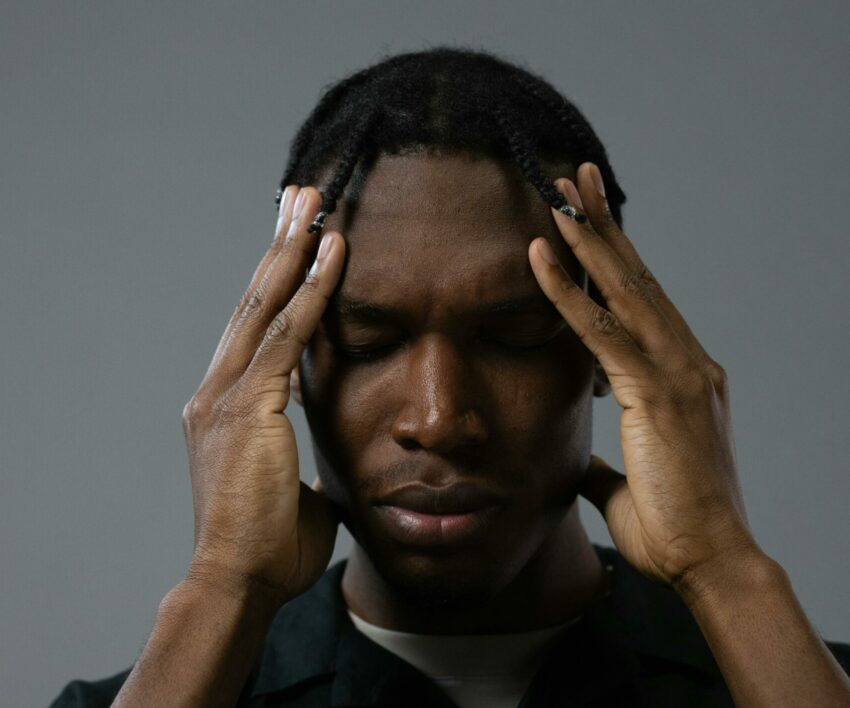Spending too much time at a computer desk or leaning over your mobile phone can lead to rounded shoulders, back pain, and more. Those who work for hours on end certainly know the struggle.
Dr. Tony Nalda, leader of the Scoliosis Reduction Center, shared three simple exercises that can improve your posture and increase flexibility.�
Three exercises to ease your pain and fix your posture
- Child’s Pose�
- Kneel on floor with toes together and knees hip-width apart.
- Sit back on your heels, then slowly lower your upper body to the floor.�
- Use a folded blanket or pillow for support, if necessary.
- Extend arms straight out in front on floor, palms facing down.
- Let your forehead gently rest on the ground as you breathe deeply.
- Deeply inhale air, filling the back of your rib cage and waist.
- Hold for up to 5 minutes.
This pose gently stretches the lower back – relieving back pain, neck pain, and muscular tension.�
- Plank
- Start in a push up position with hands directly under shoulders.
- Keep your arms straight and engage your core by tightening your abs.
- Raise up on toes, straightening legs fully behind you.
- Body should form a straight line from head to heels.
- Let your core feel the pressure.
- Hold the plank position for 1 minute, keeping back flat.
The plank enhances spine alignment and posture. It strengthens the shoulder and back muscles, plus the hamstrings, buttocks, and core.�
- Mountain Pose
- Stand straight with big toes touching and heels slightly apart.
- Engage leg muscles by pressing thighs back.�
- Keep knees a little bent, slightly lower your tailbone.
- Draw shoulders down and pinch them together behind your back.
- Relax your shoulders, arms resting naturally at your sides, palm facing outwards.
- Lift chest up, keep chin parallel to ground.
- Hold for 30 seconds, taking deep breaths.
This exercise helps your posture and spine alignment and strengthens your legs.�
An expert opinion
“Patients often overlook the profound impact of simple daily stretches on pain and posture. A 60-second plank can strengthen the core more effectively than any brace.
By staying active, maintaining good posture habits, and regular stretching, individuals can take control of their well-being and experience lasting improvements.










